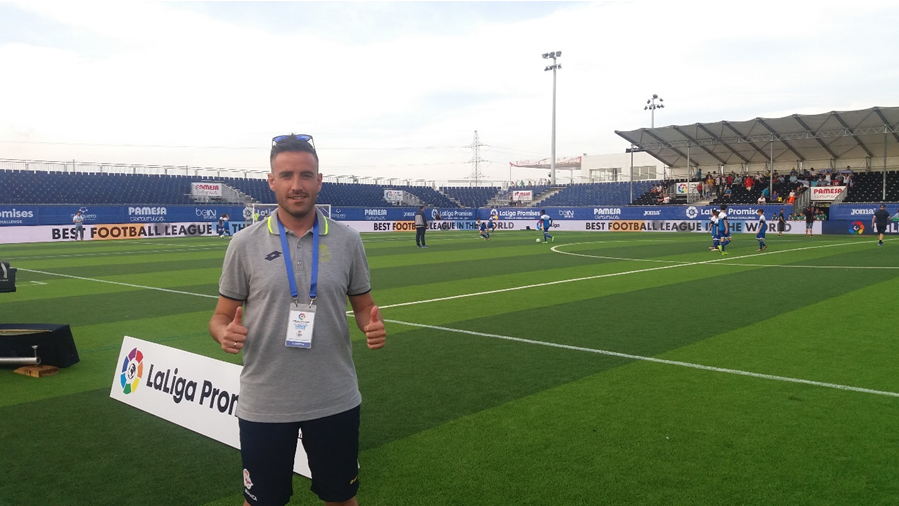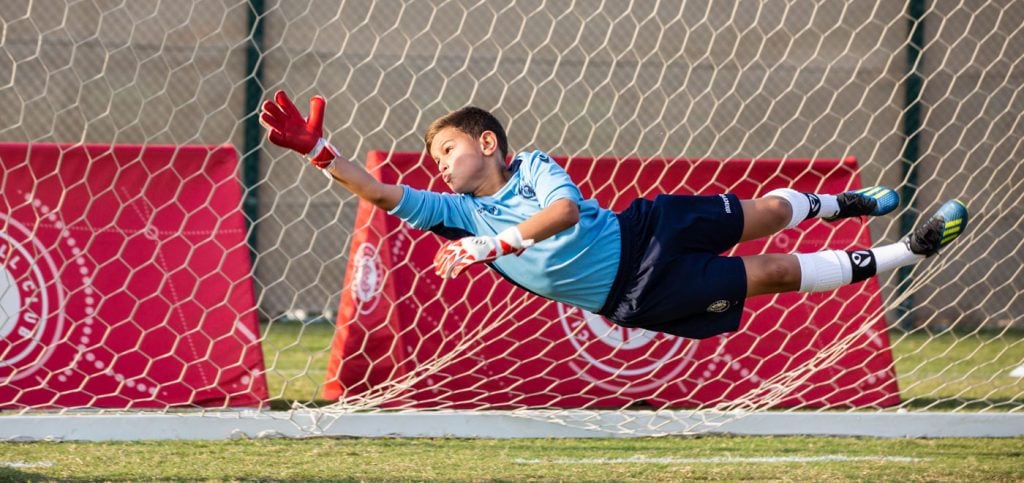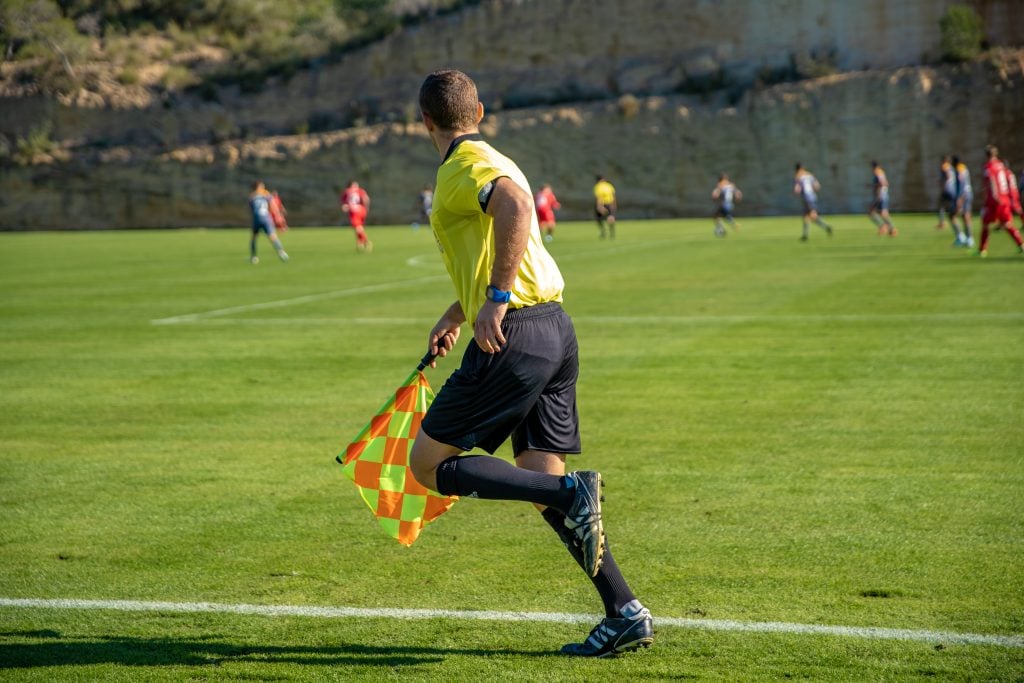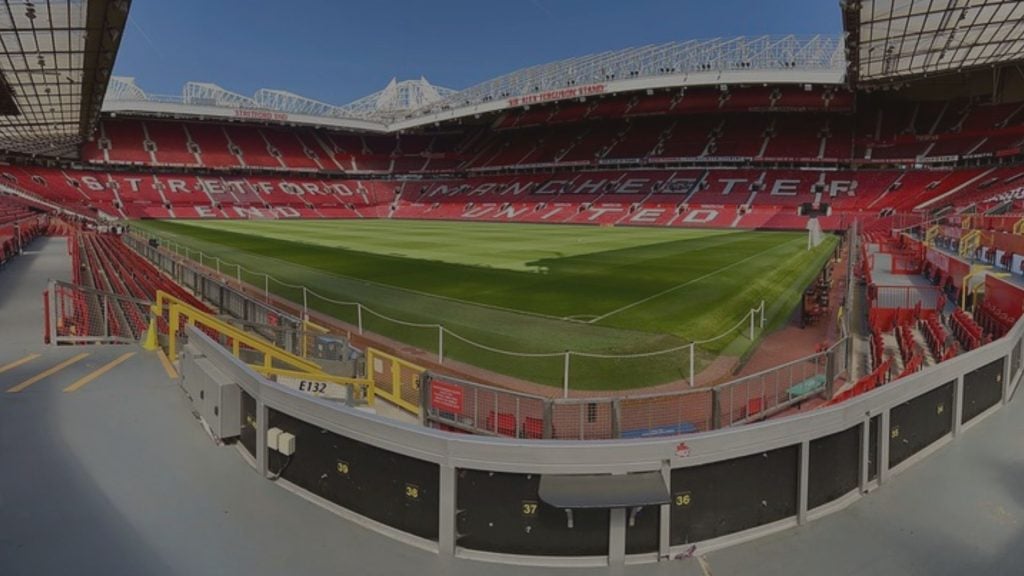This is going to be the World Cup for streamers. FIFA launched its own platform on which influencers and digital presenters already have their credentials; a 24×7 championship, on and off the pitch.
Qatar 2022 will be, among many other things, the World Cup of the streamers. A growing phenomenon, youtubers and presenters on digital platforms will be able to show off at a major event in front of their fans.
Live streamers will give football fans coverage that is spoken in their own language and less attentive to journalistic rigour; in short, it is what audiences have demanded in recent years.
As TikTok becomes the paradigm in content format creation, users will not only care about what happens on the pitch during the 90 minutes of each match, but also about the alternatives off the pitch, around the stadiums, in the run-up to the games, in each hotel… but from the point of view of a streamer.
According to a report by Joy Ventures and getWizer, more than 40% of Generation Z (i.e. people born between 1996 and the early 2000s) spend more than three hours a day on TikTok, which is similar to the amount of time they spend on YouTube.

Aside from the omnipresence of television broadcasting the matches, this 22nd edition of the World Cup will also be dominated by mobile screens, “top-down” content, tiktokers on the spot,twitchers “commenting” (though not in the traditional sense) the matches, and youtubers reacting to the highlights of what is happening in Qatar. In short, the streamer’s World Cup.
Microsoft’s platform, Twitch, closed a deal with 100 streamers around the world to broadcast the World Cup from the scene. Of these, half speak Spanish, and 25% are Spanish.
The main objective is to capture the audience's attention during the time when the ball is not rolling. Among them, of course, are Ibai Llanos, AuronPlay, El Rubius and The Grefg.
All this, without counting the protagonists themselves and the official accounts of the teams, some of whom are very active on social networks, and who are expected to be a great factory of content.
How we watch sports
In times of snack content, 90 minutes of attention in front of a screen, especially if the match is not entertaining, can be too long, although as it is an important event such as the World Cup, this may not be the case.
A survey conducted by the Nielsen agency in 13 markets (Australia, Brazil, Canada, China, France, Germany, India, Italy, Japan, South Korea, Spain, the United Kingdom, and the United States), indicates that 81% of interviewees are inclined to watch sport via free-to-air TV; 72% via social networks; and 68% from OTT platforms, such as YouTube or Netflix. In any case, it is a well-known fact (for everyone) that maintaining attention for an hour and a half, even with the interruption of half-time, may be a problem. In this regard, highlights, the videos that condense the most important aspects of what happens in a match, have gained relevance.
Regarding the World Cup, the football fan is unlikely to miss the decisive fragments of the sporting challenge facing the national team representing his or her nation. As unlikely as it is that he or she will watch all 64 matches of the competition. However, he is likely to turn to YouTube to watch highlights of his team’s potential opponents, for example.
While match ” compilations ” are not a new thing, in more and more places, new audiences are inclined to watch the edited ones, even of their own teams. Another alternative is to be in front of the big screen, but always accompanied by the mobile phone in one of our hands, as if it were an extension of our body, in the event of too much boredom.
In a study from September 2020, the specialised telecommunications consultancy Altman Solon reported the preferences of the sports fan in terms of their consumption. In relation to whether they agree or strongly agree with the statement “I prefer watching sports highlights to watching live matches“, 27% of the US respondents answered yes.
In places where football is highly relevant, such as Brazil, 32% also answered in the affirmative. In France, that number is 30%; in Italy and Spain, 24%, while in South Korea, which will be in Group H of the showpiece event alongside Uruguay, Ghana and Portugal, 46% said they agreed with the same statement.
FIFA, part of the changes
Football is just one of many sports that have had to innovate in the face of this paradigm shift. Organisations such as the NFL and the NBA, in terms of American football and the most important basketball league in the world, had already taken steps in this direction.
The changes and the streamers’ phenomenon did not go unnoticed by championship organisers. FIFA itself launched in April 2022 its own content platform, FIFA+, where the football governing body’s content is summarised, with a profusion of video libraries ranging from full World Cup matches to exclusively produced videos for this new screen.
This was also done through its raid on the metaverse of Roblox, the popular online video game platform where virtual worlds can be created. Well, FIFA World is one of them.
There, young football fans can play and interact with each other from different parts of the world. In parallel, from 2024 onwards, FIFA announced that it will no longer exploit its iconic game with EA Sports, and is exploring better possibilities for the next edition of its classic game simulator after 30 years of partnership with the same company.
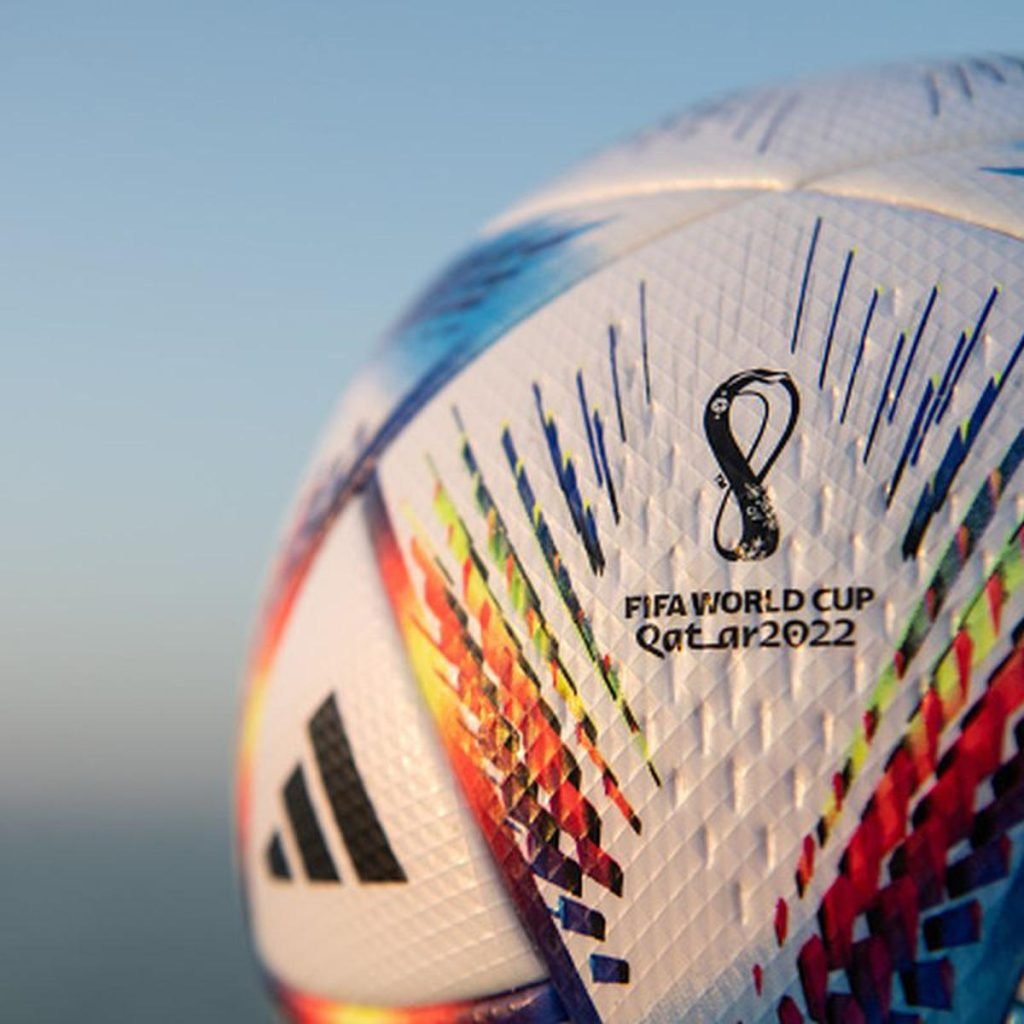
Official ball FIFA WORLD CUP Qatar 2022
Innovation on the inside
For the federations, the transformations will not only be in terms of their audiences, but also in terms of the game itself. The teams themselves will be able to make use of the technology provided by FIFA for the competition.
Among other innovations regarding Russia 2018, the teams will have the possibility of placing their analysts in specific sectors of the stadiums, where they will be able to take captures every five and 15 seconds from two touchscreen monitors located on three work desks located in the upper part of the stadiums. The resource can also be used by the medical staff to deal more quickly with physical problems that may arise among their players.
On the field level, the technical staff will also have access to these screens, which in turn will be connected to those of the analysts located elsewhere in the stadiums. Finally, next to the substitutes’ benches, each team can place an antenna in connection with the players’ GPS to capture real-time information.
Conclusions
On and off the pitch, innovations in the World Cup have been a constant. If on other occasions this competition was the gateway to colour television, as in Argentina ’78, or VAR, in the case of Russia 2018, in this case, the most important sporting event in the world is expected to open the doors to streamers, through which fans will find out a little more about Qatar. This will be the World Cup of the streamers.


